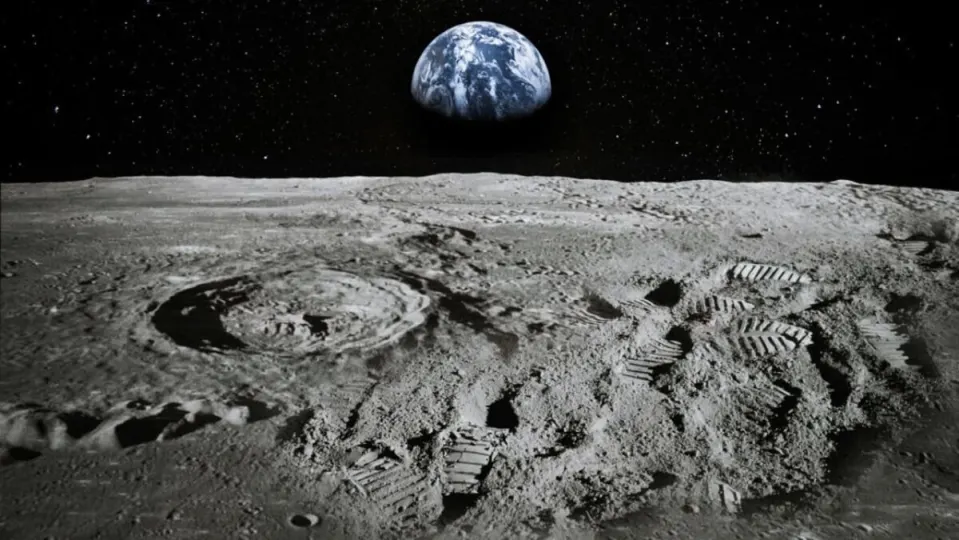The Moon hides many more secrets than it seems, and here’s an example. China’s lunar rover, Yutu-2, has discovered hidden structures beneath the lunar surface that have impressed the scientific community. These structures were detected using a radar capable of “seeing” tens of meters below the surface.
The study that addresses this significant discovery has been published in the scientific journal Journal of Geophysical Research: Planets, detailing the process and its potential implications for the Moon’s future. The Yutu-2 rover made its lengthy journey to the Moon in 2018, aboard the Chang’e-4 spacecraft.
As detailed by Space.com, Yutu-2 can send radio signals that penetrate through the lunar surface using a tool called the Lunar Penetrating Radar (LPR). “Then, it listens to the echoes that dance back,” explained Jianqing Feng, an astrogeological researcher at the Institute of Planetary Science, to Live Science.
Once the “echoes” are collected, scientists can reconstruct where the radio waves bounced off the subterranean structures, similar to the echolocation of bats. This marks the first time scientists have used the LPR to penetrate beyond the first 40 meters of the lunar surface.
The new data collected in this study demonstrates that the Moon’s surface is composed of layers of fractured rocks, among which five layers of lunar lava are hidden. Scientists believe that this lava could have resulted from the impact of asteroids crashing into the Moon (which would also explain the existence of the famous lunar craters).
A widely held hypothesis in the scientific community is that the Moon was once part of Earth but separated when a celestial body collided with the planet about 4.51 billion years ago. It’s believed that the impact led to a series of fissures which, in turn, caused a series of volcanic explosions as magma seeped to the Moon’s surface.
“The Moon was cooling slowly and running out of steam in its final volcanic stage,” Feng said. “Its energy weakened over time.” Despite scientists almost universally acknowledging that the Moon’s volcanic activity ceased about 1 billion years ago, Feng believes that there might still be some magma left beneath its surface.
Some of the links added in the article are part of affiliate campaigns and may represent benefits for Softonic.


